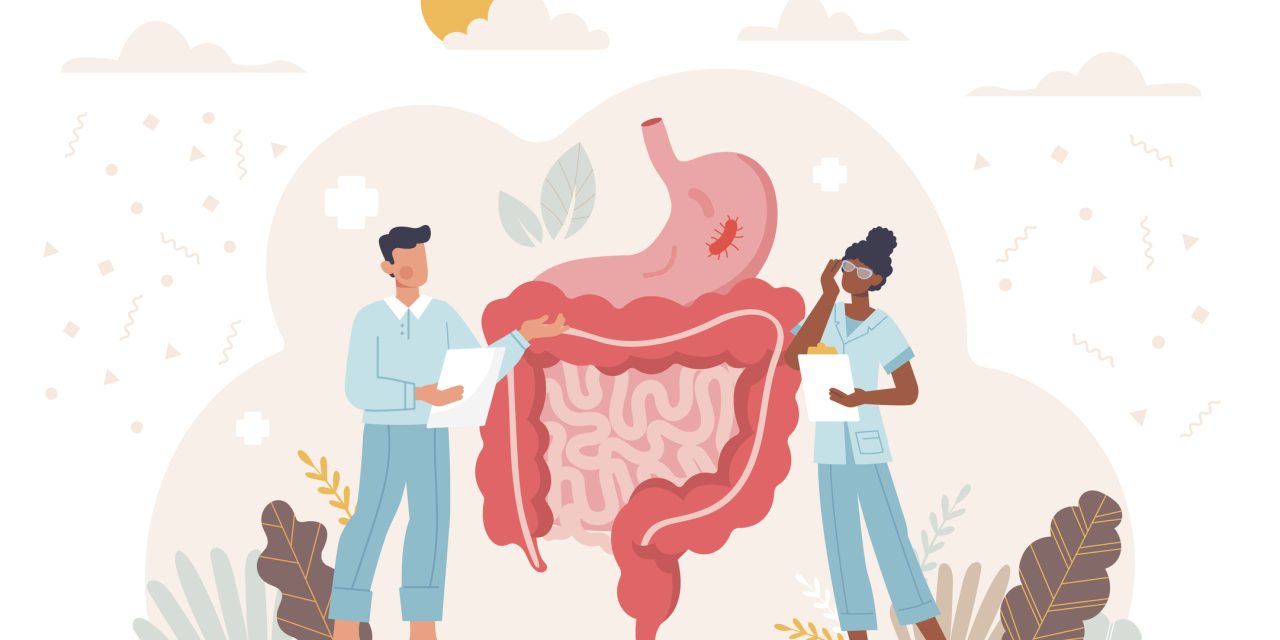Campylobacter jejuni is among the most common types of foodborne disease. Human campylobacteriosis is transferred via poultry. At present, there is no method to reduce C. jejuni infection in chickens or human sickness. C. jejuni resistant bacteria transferred from chickens to people need to be combated using antibiotic alternatives as antibiotic-resistant infections are a major public health concern. The researchers investigated the impact of E. coli Nissle 1917 (EcN) on polarized HT-29 cell’s innate responses and subsequently C. jejuni 81176 infections in HT-29 cells. In a study, it was found that HT-29 cells, when pre-treated with EcN for 4 h decreased the invasion of various C. jejuni strains (2 hrs post-infection)(P<.05), and no intracellular C. jejuni were detected at 24 hrs after infection. Also, the research suggested that the cells were protected against pro-inflammatory and apoptosis reactions induced by this bacteria as the anti-inflammatory cytokines and the anti-apoptotic Akt were activated. The Researchers employed Human Antibacterial RT2 ProfilerTM PCR arrays to analyze gene expression in HT-29 cells following treatment with EcN or without infection with C. jejuni 81–176, to better comprehend how EcN affects C. Jejuni’s survival in the cells. The expression of genes included in growth, proliferation, development, and cellular maintenance was also, impacted by EcN. In addition, EcN upregulated genes involved in protective innate immunity, such as TLRs, p38 MAPK, ERK1/2, Ap1, IL1B, JNK, IL17A, and NF-κB signaling.
Link:www.tandfonline.com/doi/full/10.1080/19490976.2020.1857514


